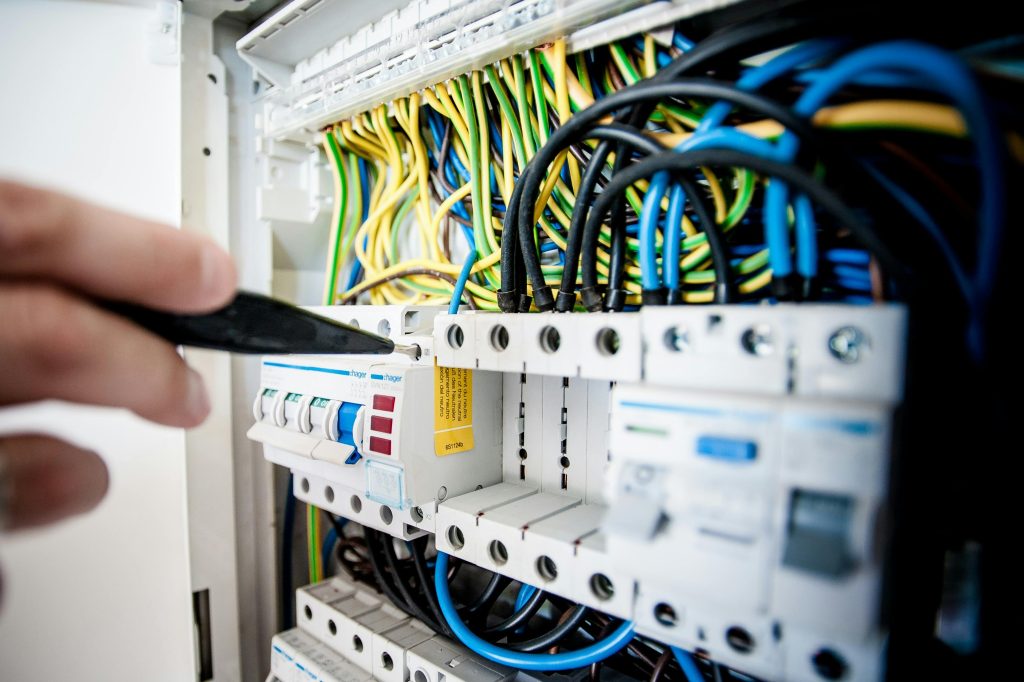In today’s rapidly evolving information and digital age, ensuring high availability is an essential topic for any enterprise aiming to secure its position in the competitive market. The availability of systems acts like a chain, where its strength determines the smoothness of business operations. As businesses increasingly rely on information systems, neglecting high availability is essentially digging one’s own grave. While it may sound simple, achieving high availability is no small task and cannot be accomplished overnight. Today, let’s explore what high availability means and how to implement it in practice to ensure smooth system operation.

Understanding the Essence of High Availability
In simple terms, high availability refers to a system’s ability to continue providing stable service despite unexpected failures. It’s like driving on the road and encountering minor issues—say, a flat tire or engine trouble—but your car is designed in a way that you can still make it to your destination without major disruptions. It’s like the saying, “a strong iron chain holds the force.” Otherwise, if the system crashes, the business follows suit.
From a mathematical perspective, high availability is the ratio of system uptime to total time. In other words, it reflects how much time a system can be “down” in a year. For example, in the financial industry, large banks require core transaction systems to have 99.999% availability, meaning the system cannot be down for more than 5.26 minutes per year. Behind those 5 minutes might lie millions in losses. As we know, issues in the financial sector can be far more severe than most might imagine.
Core Strategies for Building High Availability Systems
- Multi-layer Redundancy Design
Modern high-availability systems commonly implement redundancy design. Simply put, it’s important to have a backup plan. For instance, e-commerce platforms often adopt a “two-site, three-center” strategy, meaning they set up primary and backup centers in different cities. Even if one location faces issues, the system can still run smoothly. It’s like when you’re heading home for the holidays, and in case of heavy traffic, you have a secondary route to avoid being stuck.
- Intelligent Fault Management
Today, many high-availability architectures focus heavily on intelligent fault management, almost like giving the system a “small brain” to detect anomalies and respond swiftly. For example, a certain cloud service provider reduced average recovery time from 30 minutes to just 5 minutes using intelligent monitoring systems. This near-instant response helps the system recover quickly, providing reliable protection for businesses.
- Dynamic Load Balancing
Managing traffic distribution is crucial to prevent one server from being overwhelmed while others remain idle. Modern high-availability systems typically implement multi-layer load balancing strategies. It’s like when people queue up for service: tasks are rotated among them to prevent any individual from doing too much work. High-concurrency platforms, such as video streaming services, rely on intelligent traffic management to ensure smooth performance even during peak usage.
Revolutionizing Operational Maintenance
High availability is not just about technical design; the operational maintenance system is equally vital. Traditional maintenance systems were reactive, addressing issues only when they arose. Today, maintenance needs to be proactive—anticipating and preventing problems before they happen. For example, a major internet company analyzes over a million monitoring indicators in real-time, significantly reducing the lead time for fault detection and preventing large-scale failures.
Another key aspect is automation in maintenance, which is becoming increasingly common in cloud services. Some companies have achieved 99% automation in their operational maintenance, greatly improving efficiency and saving considerable effort. For example, during peak shopping seasons like holidays, the system faces tremendous pressure, and manual intervention is insufficient. Automated systems act as a “lifeline” in such critical times.
Looking Ahead: The Future of High Availability
With the increasing adoption of cloud-native technologies, high-availability systems are becoming smarter and more flexible. Containerization, microservices, and artificial intelligence are enhancing systems’ self-healing capabilities and resilience. In the future, systems will function more like a thinking brain, capable of predicting problems and proactively fixing them to minimize downtime.
Conclusion
In summary, building high availability is not just a technical issue—it is closely linked to a company’s core competitiveness. With the rise of the digital economy, businesses must continuously improve system availability to maintain steady progress in an increasingly competitive market. To advance in the journey of high availability, companies need to focus on architecture design, technology selection, and operational maintenance. We hope more businesses can overcome challenges in this area and deliver more stable and reliable services to their users.